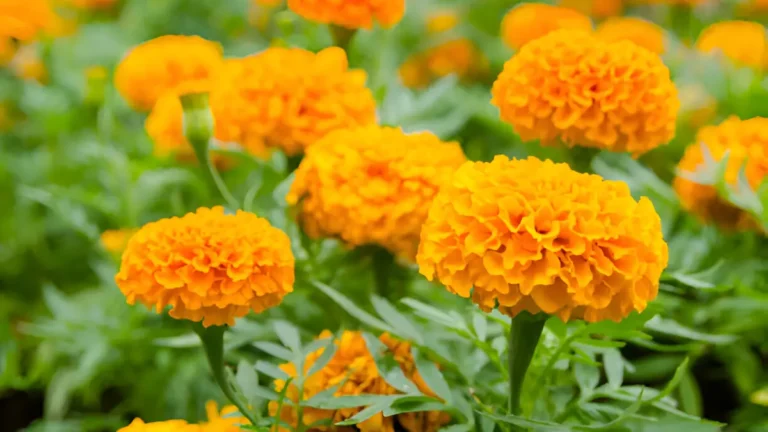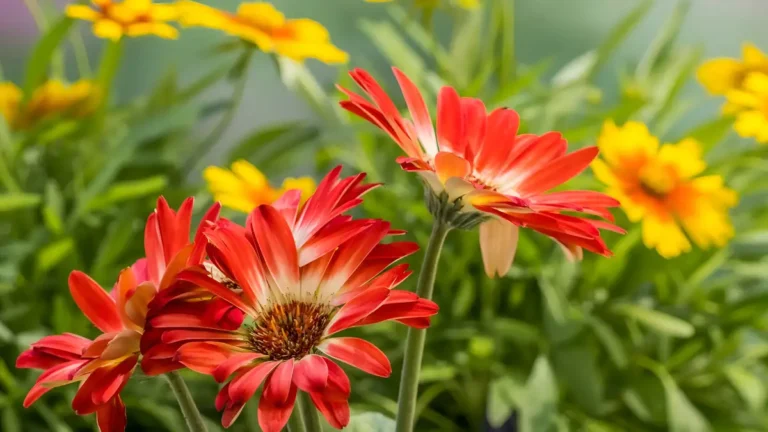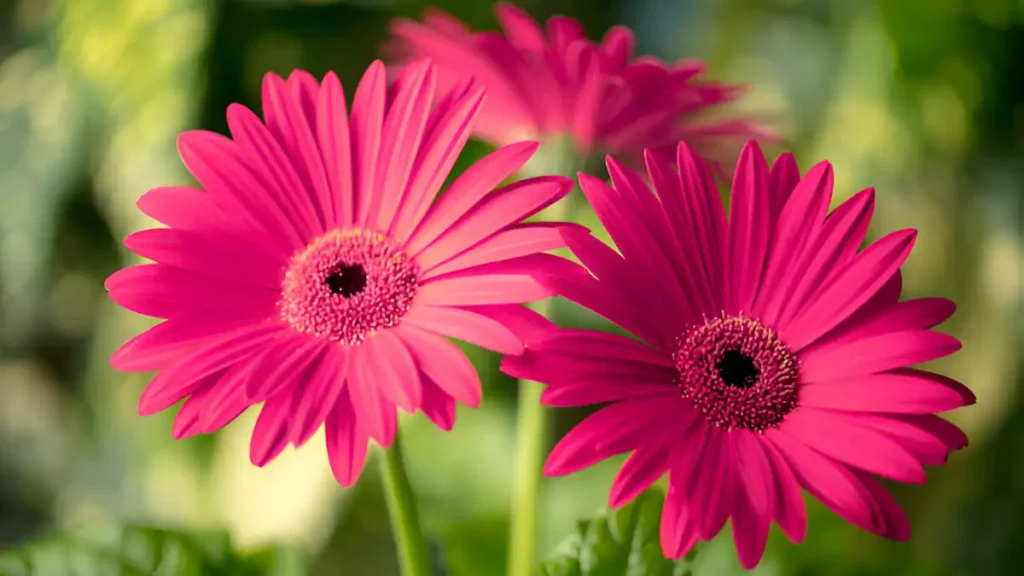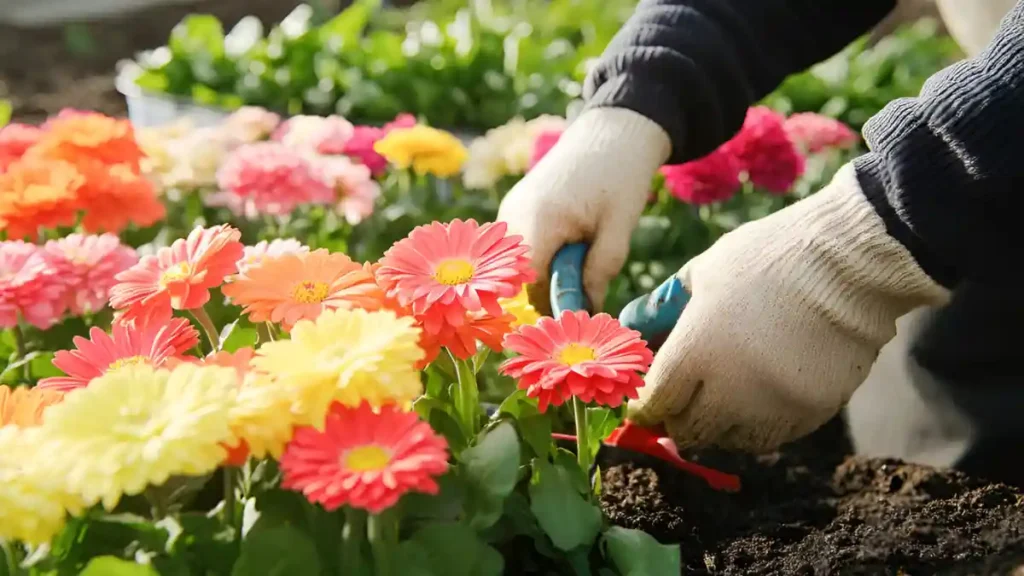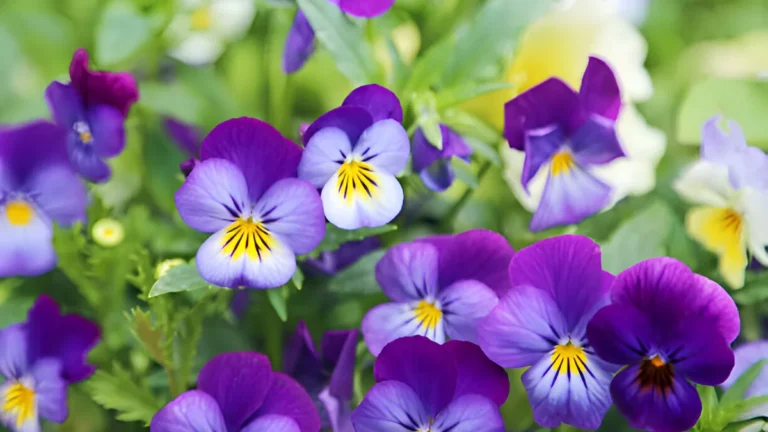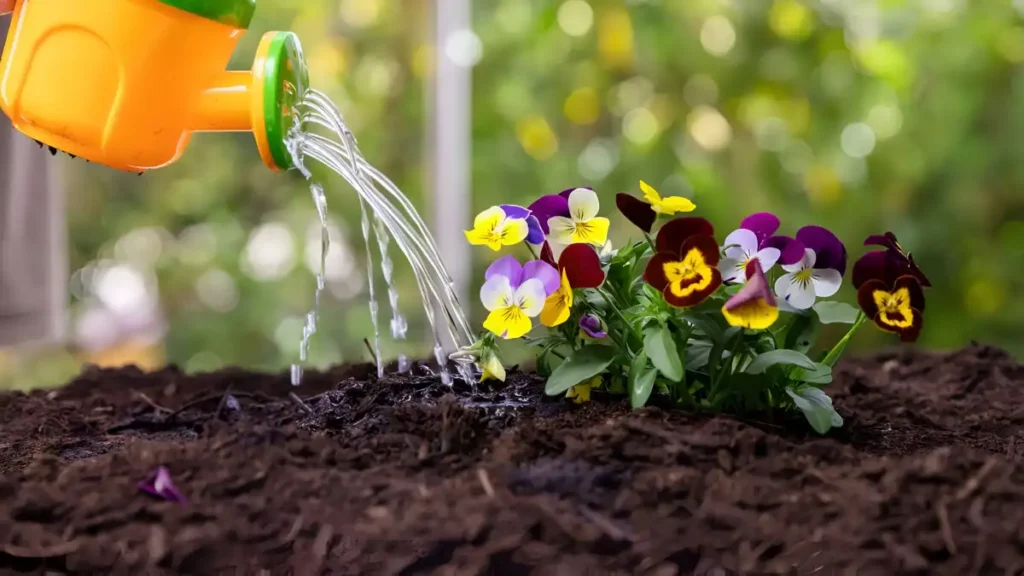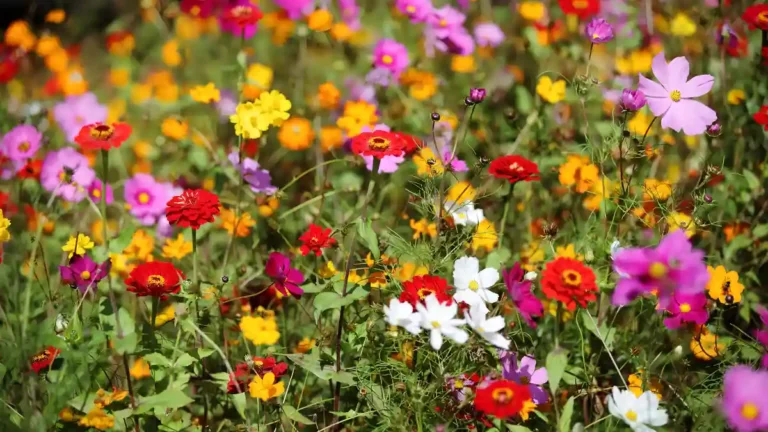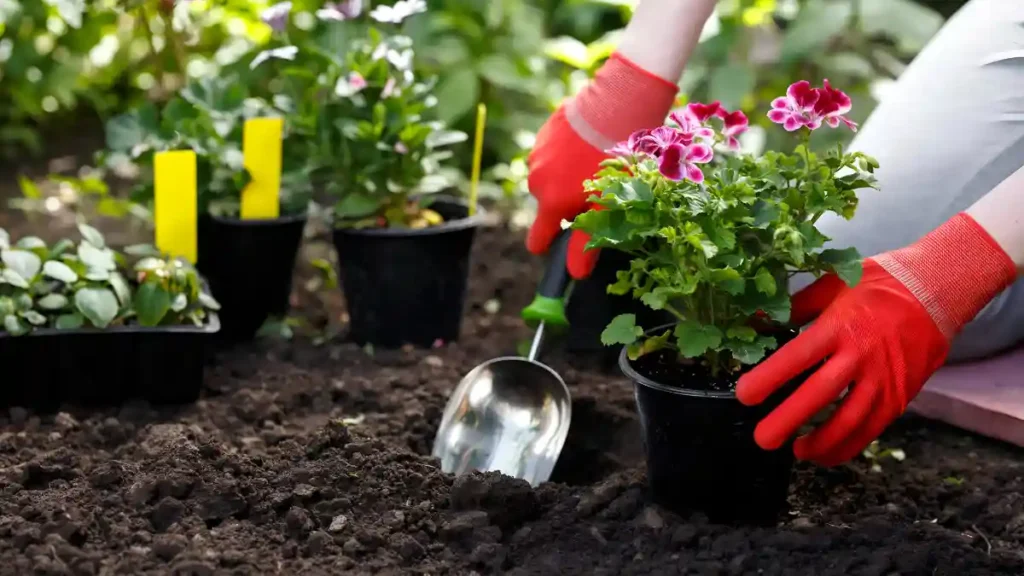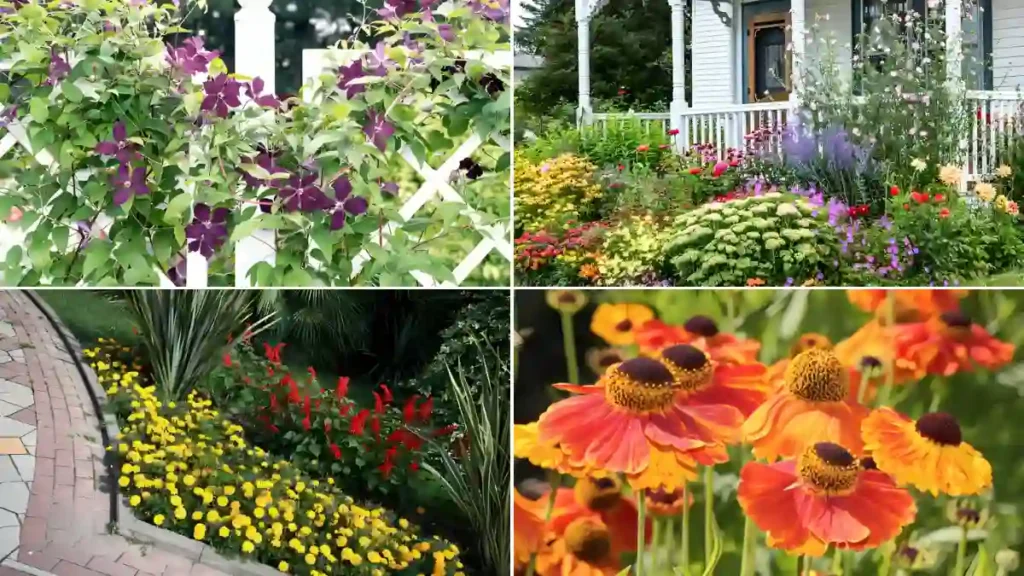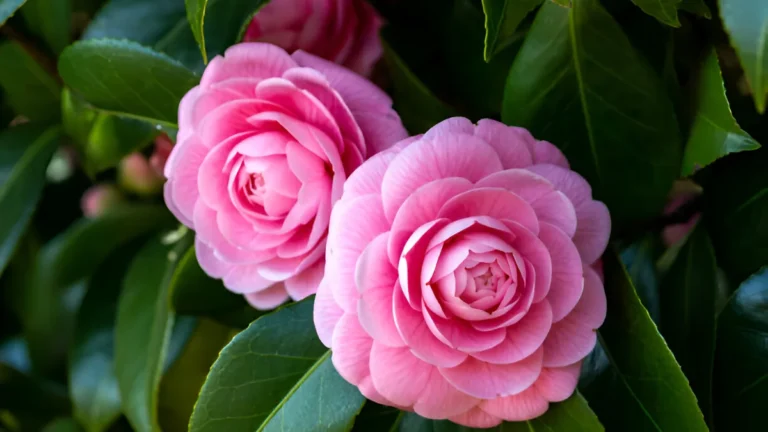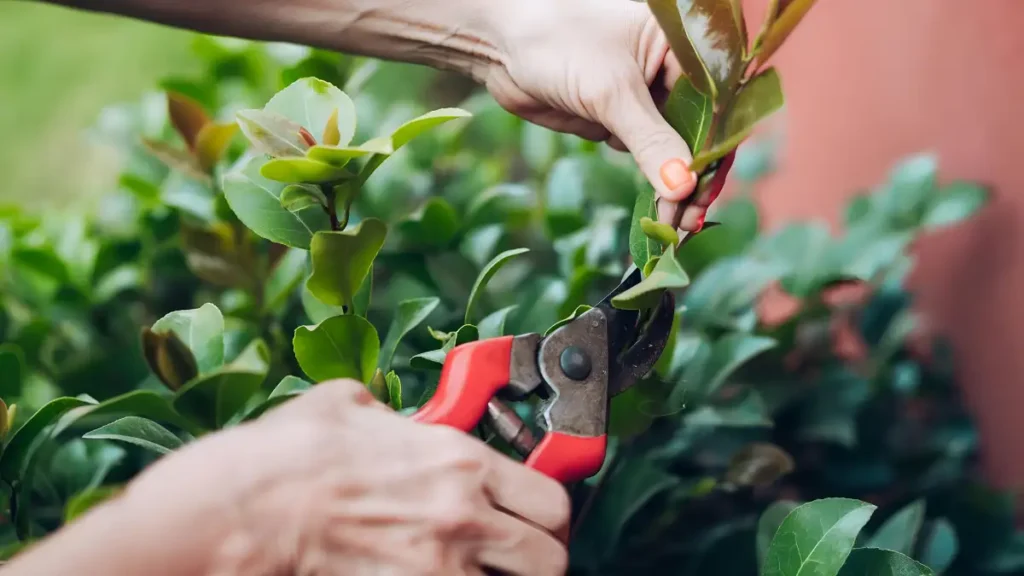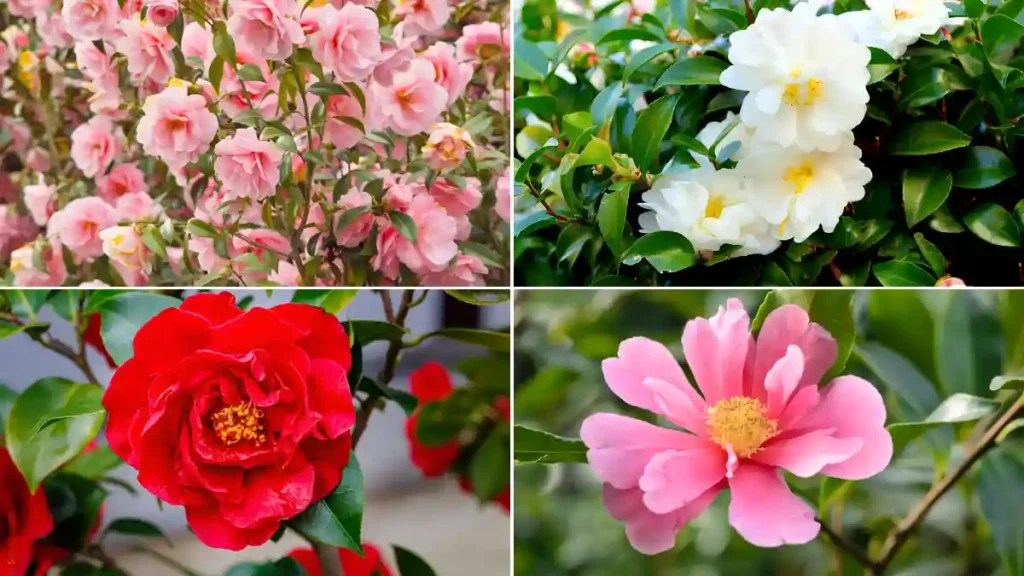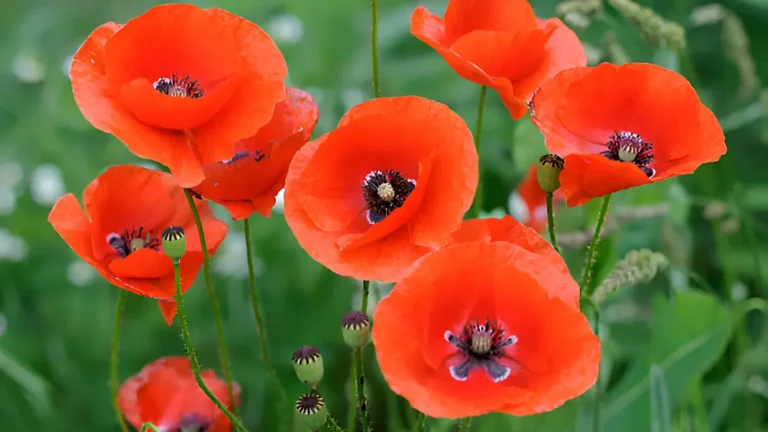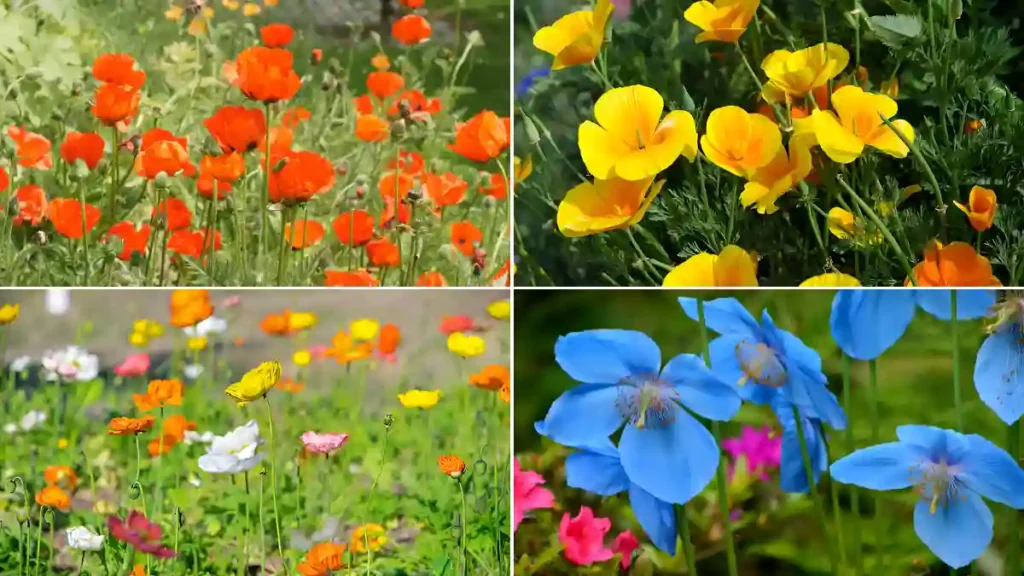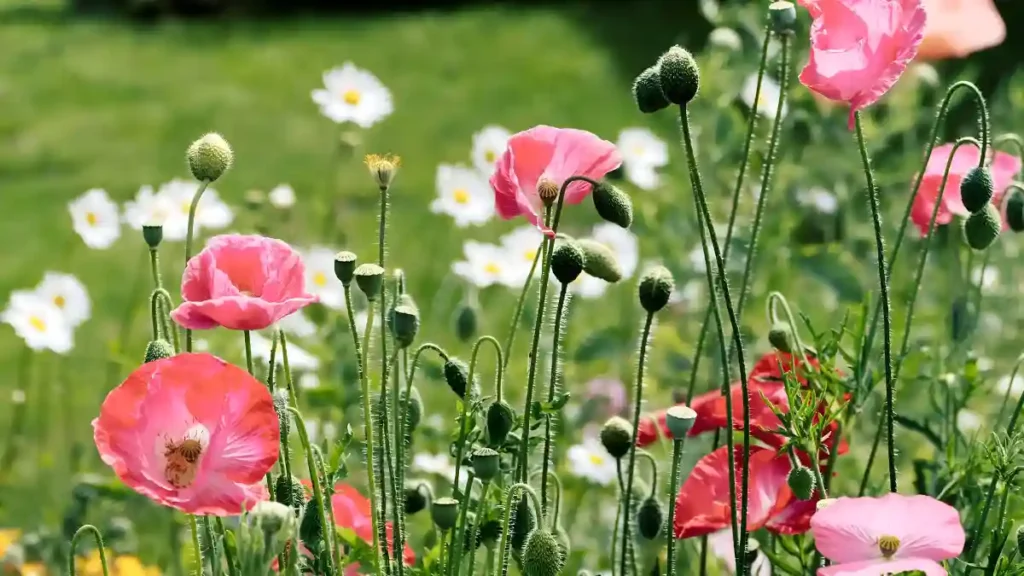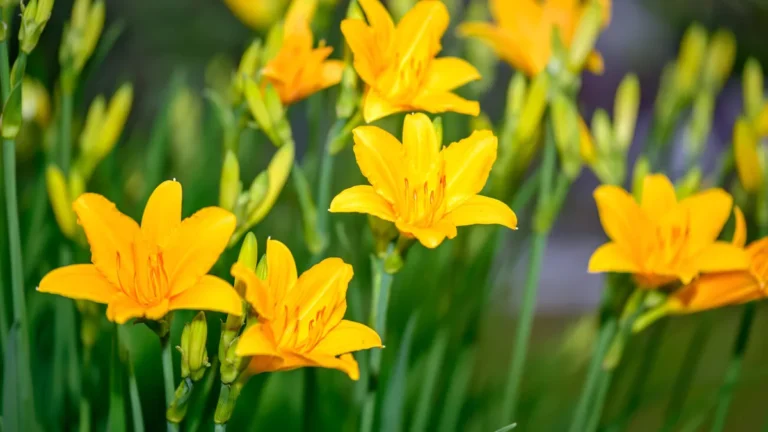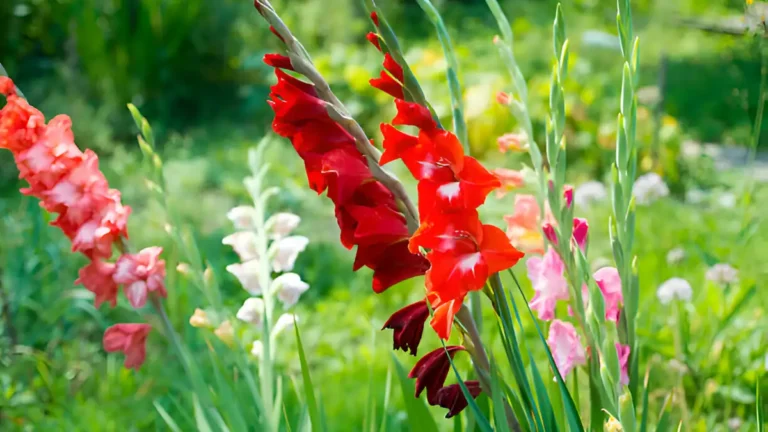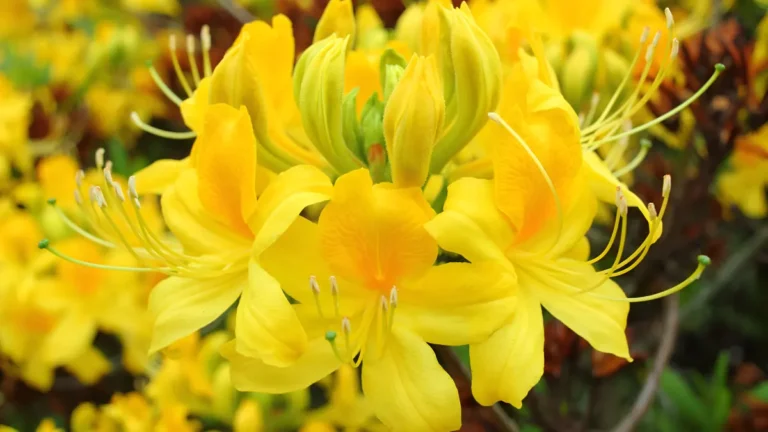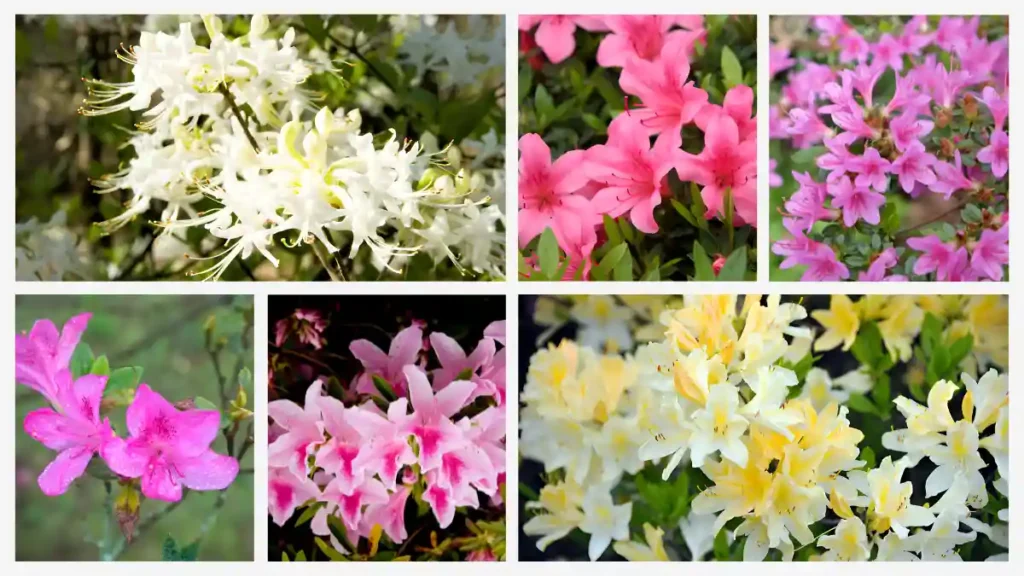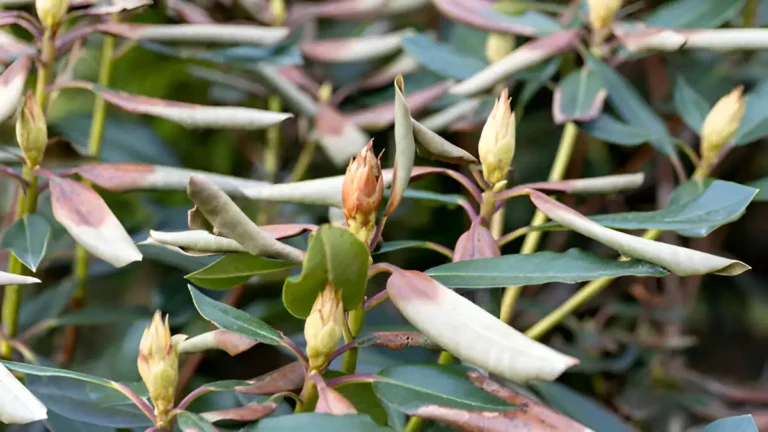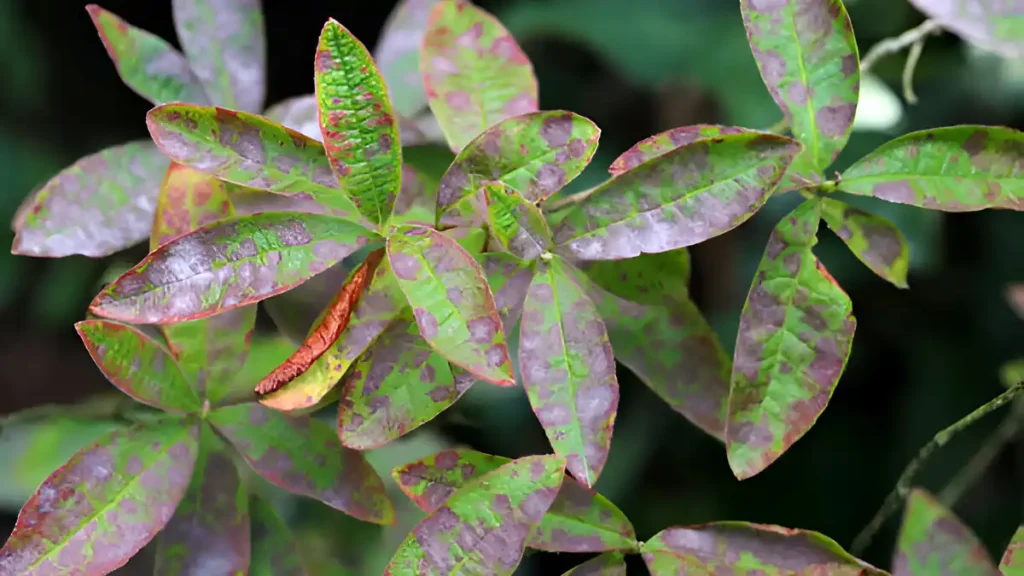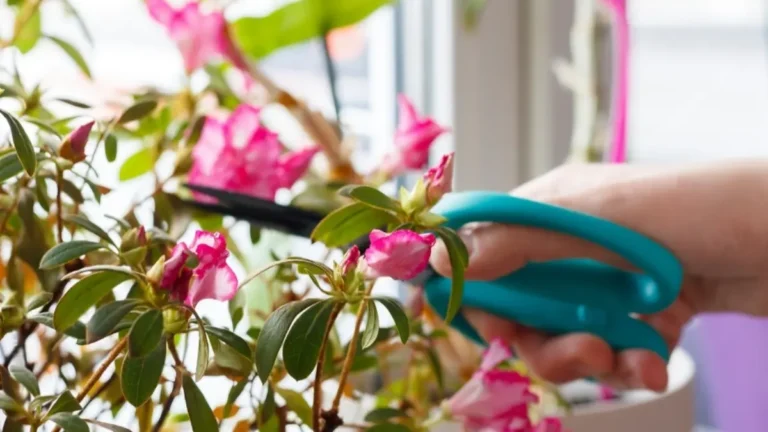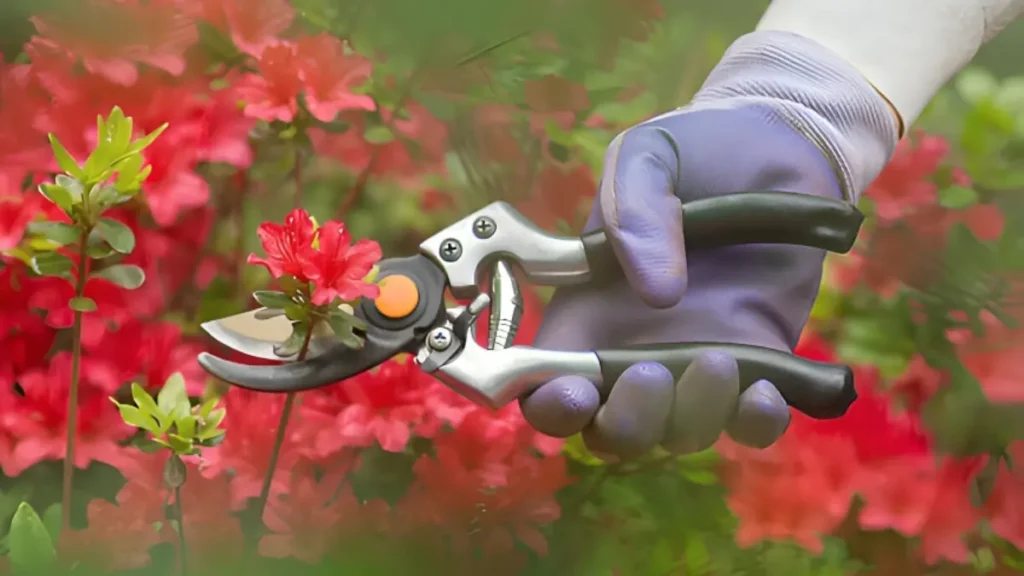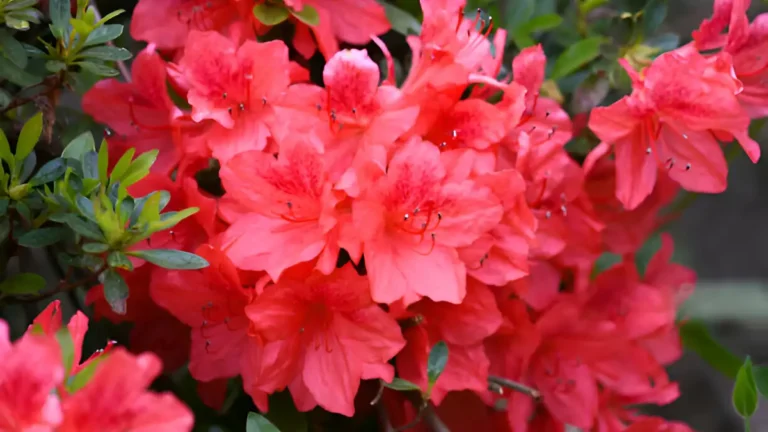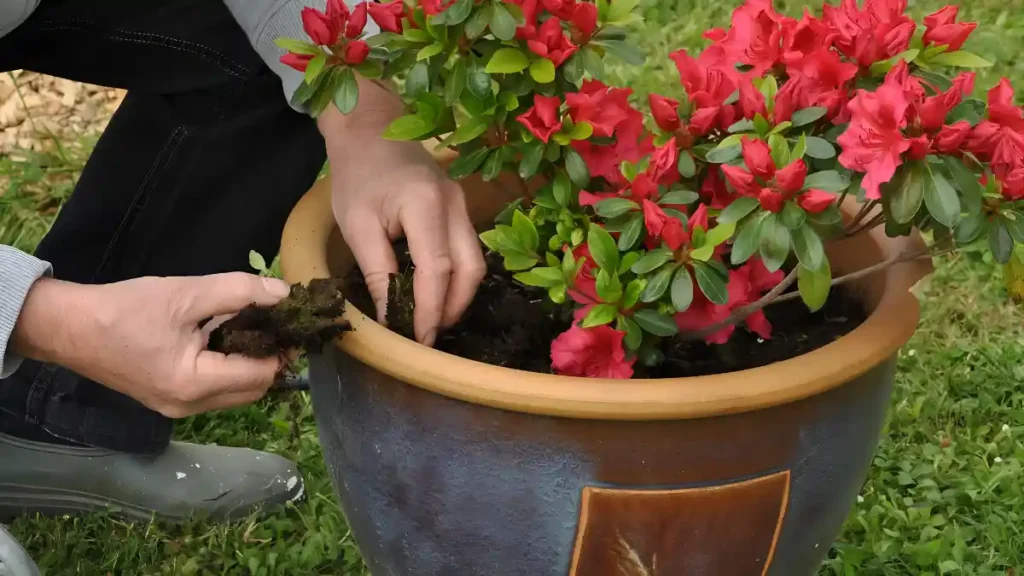Marigold flowers are among the most popular and versatile in Indian gardens, particularly during the holiday season. They are used to adorn homes and create a joyful mood during Diwali, Navratri, and other celebrations because of their brilliant hues. Marigolds come in a magnificent array of colors, including yellow, orange, white, red, gold, and bi-color, providing a lovely variety to your garden.
Marigold flowers are among the most popular blossoms among gardeners worldwide. Their vivid colors, simplicity of growing, and multiple benefits have made them a popular choice for both ornamental and practical gardening. Whether you are a seasoned gardener or just starting, marigolds provide unrivaled appeal and practicality to any setting.
What are marigold flowers?
The Asteraceae family includes marigolds (genus Tagetes), which can be either annual or perennial flowers. Marigolds, which are indigenous to Central and South America, are distinguished by their vivid colors, which range from deep reds and flaming oranges to golden yellows. These blossoms, which have a distinctive daisy-like look and potent scent, are not only lovely but also an effective way to replenish soil and control pests.
Marigold flowers meaning:
Marigold flowers, with their vibrant colors, symbolize warmth, creativity, optimism, passion, wealth, and life’s beauty. They are often used in celebrations like Día de los Muertos to remember loved ones and represent enduring strength and perseverance in many cultures.
Types of marigold flowers:
Tagetes erecta, or African marigolds, are the largest marigolds, known for their large flowers and tall stature, making them ideal for gardens and landscapes.
French marigolds, smaller and bushier than African marigolds, bloom in bi-color patterns and are ideal for small garden beds, containers, and borders.
Signet Marigolds, small, citrus-scented plants with delicate, fern-like leaves, are commonly found in herb gardens due to their culinary applications.
Triploid marigolds, a hybrid of French and African marigolds, are sterile but have large, colorful blooms that can withstand harsh weather conditions.
Why choose marigold flowers for your garden?
Vibrant flowers are often associated with marigolds. Whether in gardens, balconies, or containers, their striking, warm-toned blooms evoke a positive mood.
Marigolds have a reputation for keeping pests like whiteflies, aphids, and nematodes away. Because of the blossoms’ potent fragrance, nearby plants are shielded from dangerous insects.
Planting marigolds alongside plants such as tomatoes, peppers, and cucumbers can increase the health of your crops by minimizing pest infestations.
Marigolds increase biodiversity in your garden by drawing in helpful pollinators like ladybugs, bees, and butterflies.
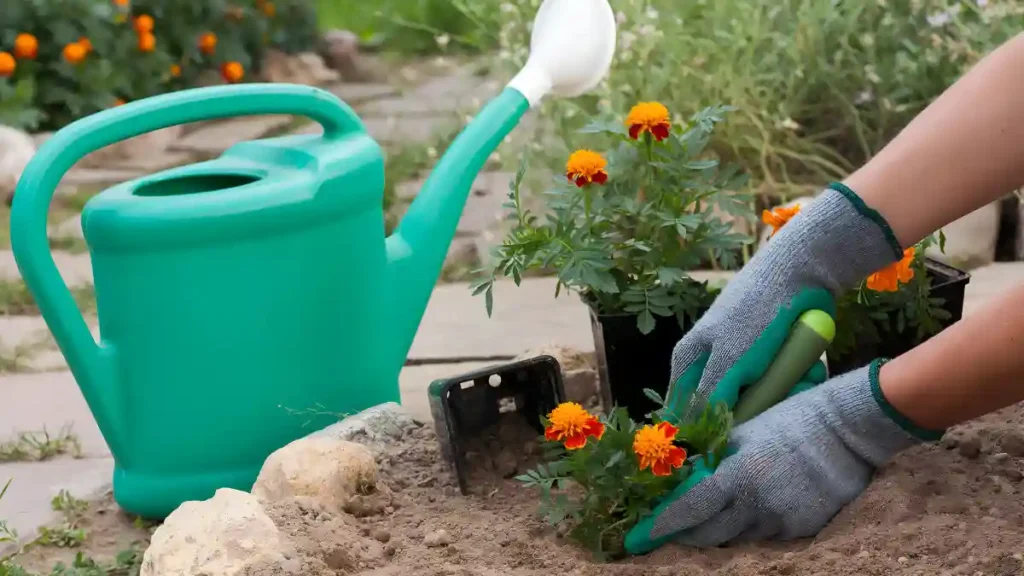
The best time to plant marigold flowers:
Tall African marigolds are best planted in spring after frost has passed, as they mature and flower slower than young French and signet marigolds, which can be planted from spring through July.
Plant seeds in the spring when the soil is warm, as they germinate easily outdoors. African marigolds are best purchased as young plants or started indoors four to six weeks before frost, as they germinate more readily outdoors.
In warm climates, marigolds sprout in as little as one week, and plants usually bloom in eight weeks.
How to plant and care for marigold flowers:
African marigolds are best started as young plants, as they take longer to flower. French marigolds are easier to start from seed. If the soil is nutrient-starved, sprinkle slow-release granular fertilizer in the planting hole. Sow seeds 1 inch apart, no deeper than 1 inch, and thin the seedlings while they are young. Keep signet and French fonts 8-10 inches apart, and separate larger African marigolds by 10-12 inches. Water each plant after transplanting.
To plant marigolds in pots, use a soil-based potting mix, slow-acting granular fertilizer, or diluted liquid fertilizer frequently. Provide enough room to prevent crowded marigolds from overcrowding.
Marigolds require frequent watering until they develop a strong root system, only after the soil settles and feels dry, and avoid watering from above, focusing on the plant’s base to prevent powdery mildew.
Marigolds require a general-purpose garden fertilizer every six weeks for health, but not during growth to prevent excessive nitrogen intake, as it can lead to luxuriant foliage instead of flowers.
Deadheading is the act of removing fading blossoms from plants, such as marigolds, to prolong their flowering season and maintain their vibrant appearance. This process helps plants create additional blooms instead of wasting energy developing seeds, thereby enhancing their overall appearance. Regular removal of spent flowers is essential for continued flowering.
While marigolds are generally pest-resistant, they can be susceptible to spider mites and fungal diseases. Keep an eye out for indicators of problems and respond quickly with organic or chemical treatments.
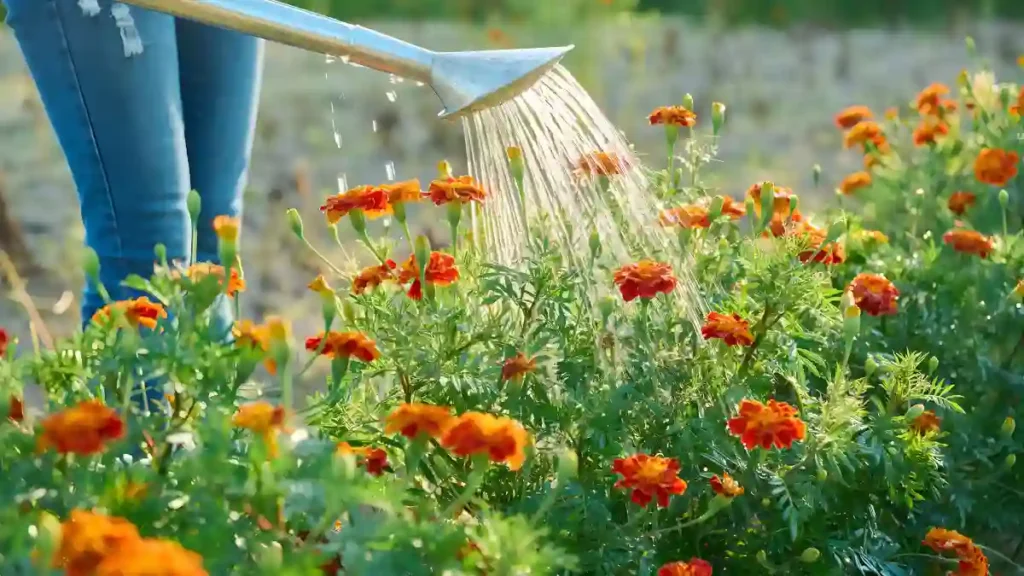
Conclusion:
Marigold flowers are the perfect example of a diverse and rewarding flower garden. Whether you want to add color, attract pollinators, or protect your vegetable crop, these blossoms are great options. Marigolds can easily transform your outside space into a lively and thriving oasis.
Certainly! If you’d like to learn more, please consider following our WhatsApp Channel, Facebook, Instagram, YouTube, Twitter, and Pinterest.
A frequently asked questions:
Q1: Are marigold flowers edible?
A1: Yes, marigold flowers are edible and are frequently used to add color and a little lemony or peppery flavor to salads, drinks, and desserts. However, only certain types, such as Calendula officinalis (pot marigold), are suitable to eat, thus confirming appropriate identification before ingestion.
Q2: Do marigolds like sun or shade?
A2: Marigolds prefer full sun and grow in direct sunshine for at least 6-8 hours every day. While they can withstand partial shade, their flowers may appear less vivid in low-light circumstances.

